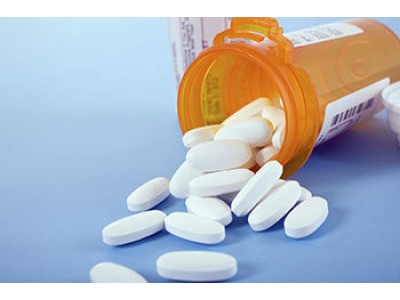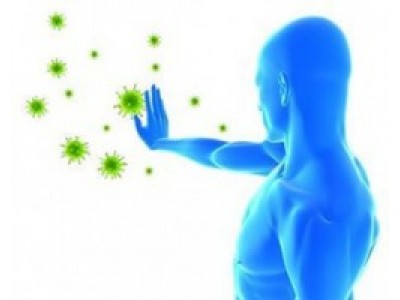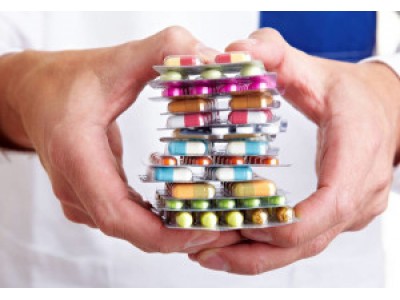Most people use these tools in emergency situations, not understanding how they affect the body, but it is very important nowadays to know how it differs and what are the consequences of self medicating with such strong medications.
What’s the difference between analgesics and anesthetics? To begin with, it is worthwhile to explain the difference between these two groups of drugs, which even in the accepted classification are separated from each other. Anesthetics are drugs that reduce sensitivity in general, affecting the nervous system. And the others are drugs that relieve painful sensations. They have other effects, but primary is still anesthesia.
Anesthetics:
The effect of such drugs is based on the suppression of nerve impulses. Medicines of this group are divided into: local and general.
Drugs of local action have an effect in the "starting point" of the formation of the pulse, for example, with damage to the skin, soft tissues. They are applied topically - in ointments or injections. Reaching nerve fibers, such a means blocks conductivity. Moreover, the first stop the "transmission" pain, then thermal and, finally, tactile. In everyday language, the treated area grows dumb.
Known drugs of this action are Novocain and Lidocaine. They are used for local blockades with injuries. Novocaine is often injected with other medicines to relieve pain at the injection site. Second one is a component of a wide variety of topical combination drugs. They act directly on the "point of reception of a nerve impulse" - in the brain. There are various theories describing which parts of the CNS react to the administration of such drugs, what is the mechanism of their reaction. This topic is still actively explored and discussed in the medical community. At the household level, you must understand that such drugs are used, mainly, for anesthesia. The condition in which they attack a person is called medication sleep. Obviously, in everyday life such drugs are not used - their free turnover is prohibited.
Analgesics:
It is an extensive group of drugs that are divided into narcotic and non-narcotic.
Narcotics in the common sense, these are drugs just for extra important cases. They powerfully affect all levels and departments of the nervous system, where inhibit the transmission of nerve impulses. You can see the similarity of the action of these substances with general anesthetics. The mechanisms of their effect on the body are extremely complex. At the household level, you must understand that, in addition to reducing pain sensitivity, they cause other effects. The use of such substances causes the death of nerve cells. They change their mental state, depress their breathing and cause addiction.
They are used for anesthesia and in the most severe cases to alleviate human suffering. Modern medicine is actively exploring the possibility of a complete replacement of such funds for less dangerous ones.
Drug based analgesics include preparations based on substances such as:
- Morphine;
- Codeine;
- Promedol.
For analgesia, full agonists such as fentanyl, sufentanil, remifentanil are widely used during surgery. In the postoperative period and for the treatment of pain syndromes not associated with surgery, antagonist agonists and partial agonists of opioid receptors, such as nalbuphine, butorphanol, and buprenorphine are increasingly used.
The significant analgesic effect of the kappa receptor agonist and the antagonist of mu-receptors of nalbuphine is accompanied by a relatively small respiratory depression. It has a dose-dependent sedative effect, which is enhanced by benzodiazepines. It does not cause dysphoric effect, practically does not affect hemodynamics, is devoid of habituation. Nalbuphine has no significant effect on the pressure in the bile ducts and does not inhibit the motility of the gastrointestinal tract.
Non-narcotic:
Affect the body, inhibiting inflammatory reactions. They belong to the group of NSAIDs. In damaged tissues (trauma, infection, and so on), a multistage mechanism is triggered, which we call inflammation. Substances (prostaglandins) accumulate here, which cause swelling, redness, local fever and pain.
That is, in the place of the lesion, the metabolism is increased (this is necessary for the speedy restoration of functions), and a "signal" is sent to the brain about ill-being. After all, the injured organ should, at least, be protected (for example, it is more accurate to step on the wounded leg), but as a maximum - to treat. Accumulation of prostaglandins and prevent non-narcotics. At the site of inflammation, edema decreases, the temperature normalizes, the pain subsides. Note that in this case, the recovery processes are inhibited. Without feeling uncomfortable, a person cannot pay attention to the affected organ - do not take care of it and do not think about the need for treatment.
That’s why doctors constantly talk about the danger of self-using prescription analgesics and anesthetics! - By applying them, the patient interferes with self-healing and can indefinitely postpone active therapy. It is clear that this behavior does not lead to anything good.
A non-narcotic medication can be taken without the appointment of a doctor only in case of severe suffering, when medical care is not available. That is, for example, take an anesthetic at night to fall asleep, rest, and in the morning go to the doctor. Doctors are not at all inclined to "torment" patients: after finding out the reasons for the pain, you will definitely be assigned the means of its elimination.
And maybe the most important thing is no to combine analgesics and anesthetics because it can even cause death. Of course it is possible to have a good effect from such combination but it is used only in difficult surgeries or, for example, labor.


